Week-to-Week: Bridgerton's ensemble is a balloon disaster waiting to happen
A half-season crammed with side stories makes for some difficult dramaturgy
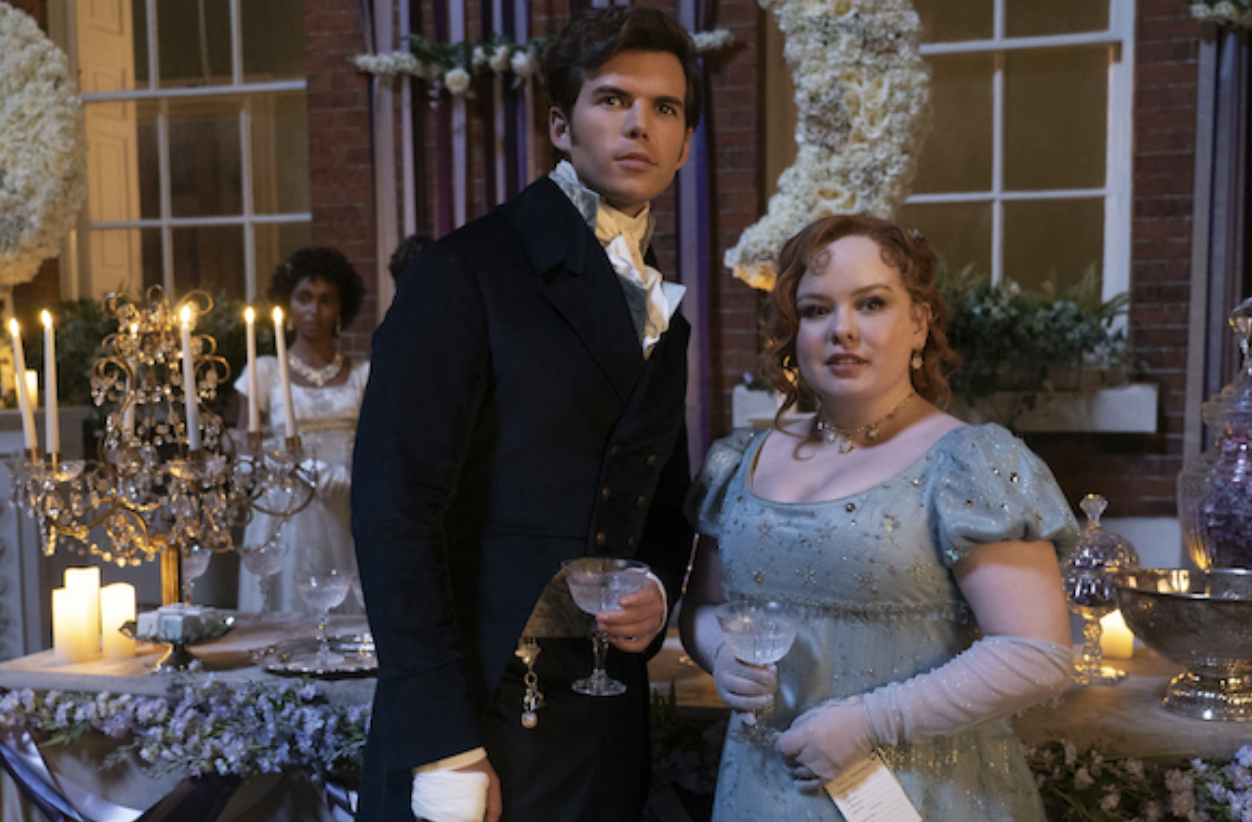
Week-to-Week is the mostly weekly—well, weekly when it’s not the end of the semester—newsletter of Episodic Medium, where I react and respond to ongoing developments in television and other media industries. To receive future newsletters and learn about the shows we’re covering episodically in the months ahead, become a free subscriber.
Bridgerton is, by its nature, an anthology. Like the books it’s based on, the seasons of the show have each focused their attention on a central pairing featuring one of the Bridgerton siblings. And while there’s ostensibly an ongoing serialized story about the ins-and-outs of Regency culture, the A-story of the second season was an entirely new arc laid over top of the show’s existing set of characters and situations.
For its third season, though, Bridgerton has created a fascinating dramaturgical dance that dominated my experience of the first four episodes that debuted this past week. The third book in the series documents the marriage of second-eldest Benedict, but the decision was made to bypass his story to focus instead on the pairing that was already seeded into the previous two seasons: Colin’s friends-to-lovers story with Penelope Featherington, who also happens to be the series’ infamous Lady Whistledown. Those seeds were actually the show’s biggest divergence from the books from a narrative perspective—in fleshing out the story for television, they took details from Julia Quinn’s fourth book (Romancing Mister Bridgerton) and built them into the show’s DNA from the beginning.
This should, in theory, deepen our relationship with this season: instead of being introduced to a new love interest and starting from scratch, we’re seeing characters we’ve invested in over two previous seasons, which seems particularly appropriate for a friends-to-lovers narrative. While I don’t know if I have a deep investment in the drama of Penelope being Lady Whistledown and the breakdown of her friendship with Eloise, there’s a natural drive for resolution built into an ongoing series, and waiting for the other shoe to drop offers some narrative momentum underlying the tropes that we’ve come to expect from each season’s courtship (which remain baseline effective).
However, what I was struck by in watching the first half of the season was how much of a vacuum is created when there is no “reboot” of sorts within the main storyline. Penelope and Colin were only ever B- or C-stories in the previous seasons, and despite respective glow-ups it’s an adjustment to suddenly see them as main characters. And this isn’t helped by a season that piles on new subplots, including a new Bridgerton sibling making her debut (Francesca) and the bypassed Benedict continuing his own romantic misadventures with an experienced widow, both of which compete for attention as seeds for their own seasons down the line. And that’s not even mentioning Violet’s romance with Lady Danbury’s brother, the Featherington sisters’ race to produce an heir, or the Mondriches’ sudden ascendence into high society.
Concerns about the show’s side stories are not new: book readers have complained since season one that the show’s insistence on introducing all of these competing storylines distracts from the central couple compared to the much tighter focus of Quinn’s books. However, personally, in the past two seasons I’ve never necessarily stopped to ponder the existential question of “why does this story exist?” as often as I have in season three. As the show goes on longer, it’s harder to argue that these additional stories are about “worldbuilding”: across two seasons and a spinoff, we have a pretty clear understanding of this world, and I’d argue this places a tougher burden on side stories that aren’t explicitly tied to our central storyline. The question of why we’re spending time with one story instead of another grows heavier as a show runs longer, especially when the show is facing the competing burden of turning a B-story to an A-story.
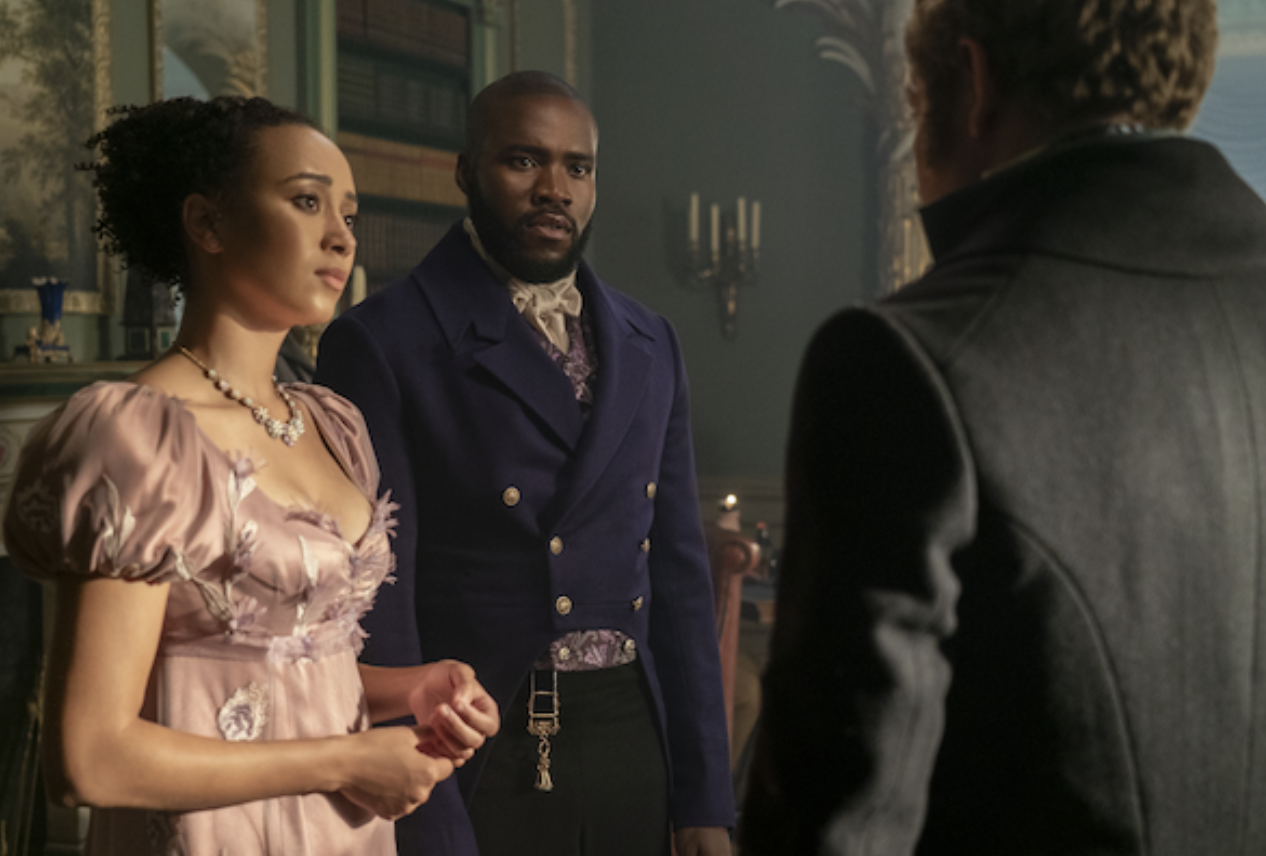
These existential questions were most prominent for me during the Mondrich storyline. Will Mondrich may be a character that we’ve followed since the first season, but he’s existed on the periphery: first as a boxer and friend to Simon in season one, and then as the proprietor of a gentleman’s club that the “main” characters frequented in season two. The latter story actually converged with Colin’s story in that season, which could have been a foundation for Will to become a larger part of season three’s A-story. But instead, a deus ex dukeship is delivered onto one of Will and his wife Alicia’s sons, pushing them into high society in a story that remains frustratingly isolated from the season’s other narratives. Alicia’s struggle to find her own sense of style and purpose within her role is perhaps thematically in line with the show’s broader interests, but it doesn’t reveal anything we haven’t already explored in past stories. The pressure Will faces to close down his club and give up his former life is newer ground, but it also seems extremely low stakes, at least as presented.
So why are we spending time with the Mondriches? We don’t have all the data to answer this question definitively, given we only have half the season, but it’s a question we’re pushed to ask based on what we know about the show and its structure. I wouldn’t argue that the time we spend with Benedict is any more compelling or “necessary” than the time we spend with the Mondriches, for example, but we at least know that any time spent on Benedict’s character is building to when he’ll become the show’s main character (if the show runs that long). The same is true for Francesca, whose storyline here feels like a distraction but is obviously a foundation for a future story, along with a continued variation on the courtship rituals that the show is most concerned with (something that is not true of the married Mondriches).
My best answer, albeit a speculative one, is that part of why the writers have invested so much time in their story despite its disconnect from the main storylines is the fact that this season is the first A-story to feature none of the show’s trademark diversity. Both season one and season two were built on fantastical versions of Regency England where the King marrying a person of color had upended the social order, and where the racial dynamics of colonialism were undone by undefined wizardry. The choice put mixed-race couples front and center, but the realities of Colin and Penelope’s casting meant that this season would be sidelining that part of the show’s brand. When deciding on the distribution of sideplots, an upward mobility story featuring the show’s only black couple represents a space to keep that idea afloat.
But in practice, the storyline just reinforced how little the show actually cares about the diversity it’s built on. The choice to effectively erase racism means that we’re getting a colorblind version of a story that would be far more compelling if they were facing the challenges that we saw documented in the Queen Charlotte spin-off during the early days of integration. And because it’s far and away the C-story that has the least connection to the A-story (or even the B-stories) of the season, it sets up the show’s most diverse storyline to feel like its least integral. I don’t necessarily think it’s the season’s worst storyline, but it’s the one that makes the worst case for its existence at the midpoint of the season, and that’s a failure on the writers in terms of balancing the stories and the contexts behind them.
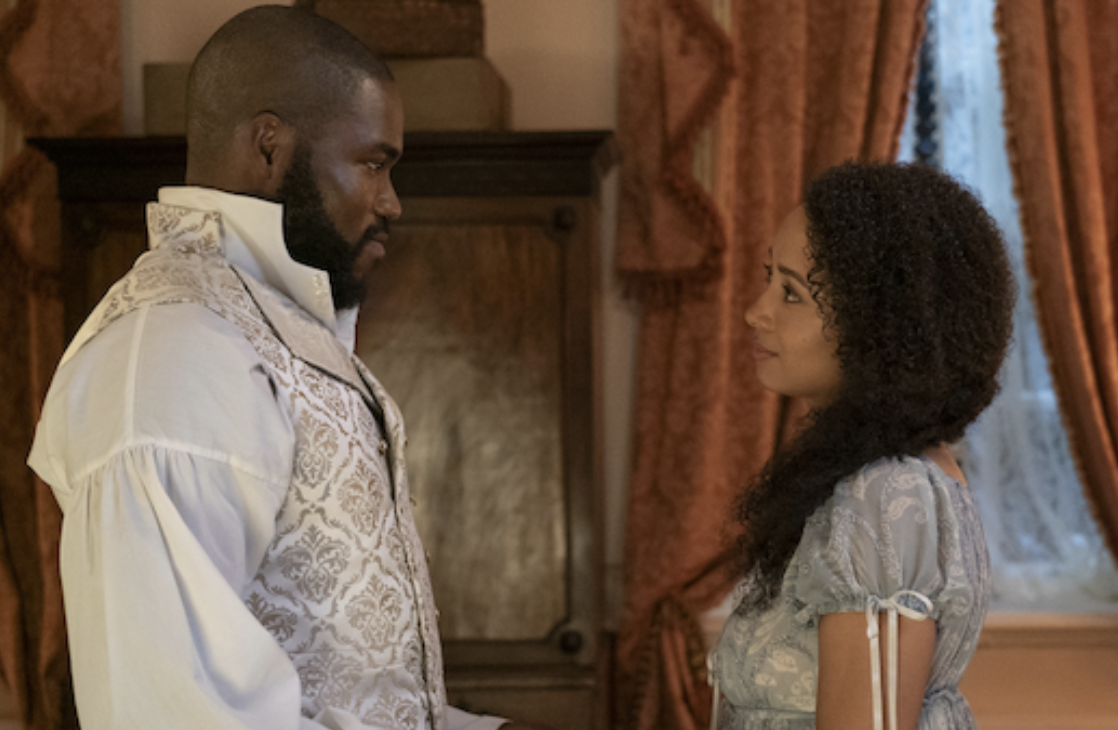
When I raised this point on Twitter, one of my followers challenged me on the suggestion that the Mondriches weren’t important to the story, and rightfully pointed out that tying their existence to purported “affirmative action” is reductive. I take that point, but I ultimately argue that there were pretty clear opportunities for the writers to integrate them more closely into the season’s story that are ignored. As fans noted in a Reddit thread dedicated to the storyline’s value to the season thus far, they could have repositioned Will as a confidant to Colin in his reevaluation of his feelings for Penelope. But even if they didn’t create a more direct connection, they also could have trimmed down the number of recurring storylines, or redistributed the scenes so that the Mondriches would have been a prominent B-story in a particular episode rather than a recurring D-story that barely inches along in a given hour. It’s a story that is introduced with no buildup and unfolds with low stakes, and I’m struggling to find a better explanation for its existence than the show’s larger interest in diversity at least in these four episodes.
That could change in the back half of the season, but I find that doubtful: the Mondriches appear in the trailer for the remaining episodes, but only in a montage of characters who the voiceover suggests could try to unmask Lady Whistledown, a story that they have no logical connection to as it stands. In the trailer, they exist solely as what Kristen Warner refers to as “plastic representation,” standing in for the diversity of the show’s world in a season where the central plot hinges exclusively on our main, white characters. The show is obviously invested in continuing this work: Francesca’s love match John Stirling is of African descent, for instance, and I’d wager based on available evidence that they’re going for a queer reveal for the conniving Cressida after how much her father scolded her for being seen with Eloise during the calling hour. But the tangential nature of the Mondrich story underlines how Bridgerton’s interest in diversity has never actually been central to its narrative, even if it has been central to its brand, and the balance struggles of the season have underlined this challenge in ways they’re going to have to keep navigating as long as they decide to keep telling these stories.
Based on what we know about Netflix’s limited appetite for long-running shows, it’s unlikely they’ll actually make seven seasons to match Quinn’s seven books—I expect we’ll see more seasons that mash up stories like we’re seeing here, meaning that there will be new dramaturgical problems to come. Nicola Coughlan and Luke Newton have enough chemistry to sell Penelope and Colin’s romance, but they don’t get enough screentime to make it a true A-story, and the balance issues around them emphasize how the “balloon disaster” in the third episode is a pretty solid metaphor for trying to make a show with an ensemble this large work (and a pretty terrible bit of staging, not going to lie). The balloon was a little too out-of-control for me this time around, but I’m ultimately drawn to diegetic existentialism more than it turns me away, so I’ll gladly turn in to see what their intentions were when the season returns next month.
Stray observations
- I know the split season exists to force people to subscribe for two months and to contribute to Netflix’s Emmy nomination total in two separate years (thus helping them compete with HBO), but it really doesn’t help the issue of trying to elevate Penelope and Colin to main characters when they only get to really become the main characters at the end of a half season and we don’t get the resolution as part of an entire story. The split point makes sense—they’re together and in love but with a secret hanging over them that becomes the tension in the back half—but it’s still another divergence from the previous seasons.
- I know from checking Wikipedia that the Bridgertons don’t always appear in each other’s novels, but the series’ larger interest in seriality makes their absence particularly weird. This season, Anthony and Kate are still around, but they’re basically background characters, and going from A-story to D-story is almost weirder than when Simon just disappeared last season (with Daphne herself absent this time around).
- Between the end of one semester and the beginning of summer teaching, I’m behind on my newslettering, so I’ll have to wait until we get deeper into FYC season to reflect on the Shogun category shift and other dynamics in this year’s Emmy race. But my immediate answer is “If Sanada-San is onboard, I’m onboard.”
- I appreciated that the final episode of Jerrod Carmichael Reality Show had Bo Burnham—in a ski mask as Anonymous—basically underline all of the anxieties the show inspires as he watches footage with Carmichael, as it really brought the whole experience full circle. As Sam Adams notes at Slate, it makes for a really compelling contrast to Burnham’s own self-representation in INSIDE, and I’d love to screen the two together given that I do screen INSIDE as part of my Understanding Media class.
- I discussed this in the footnotes and comments of Lisa’s review this week, but I’m always struck by Hacks’ disinterest in its supporting cast, and writing about the balance issues of Bridgerton reminds me that any show has to figure out its hierarchy as it goes. I’m not mad that Carl Clemons-Hopkins is still getting checks, but it’s wild that they were nominated for an Emmy for the first season and now barely exist, despite the show occasionally throwing Marcus a 30-second scene that implies a storyline they might never follow up on.
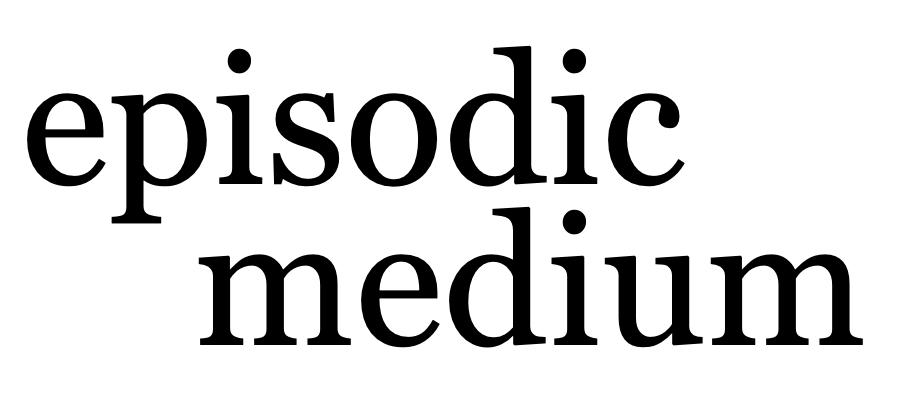
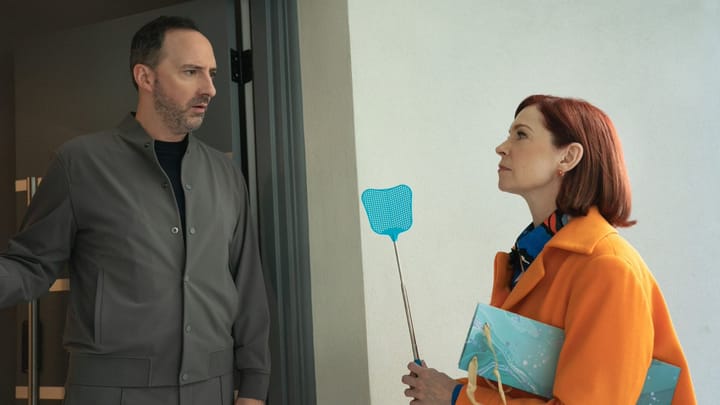
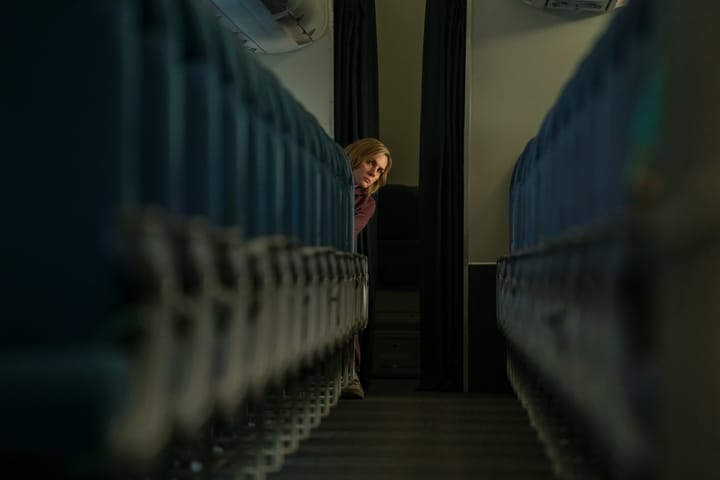
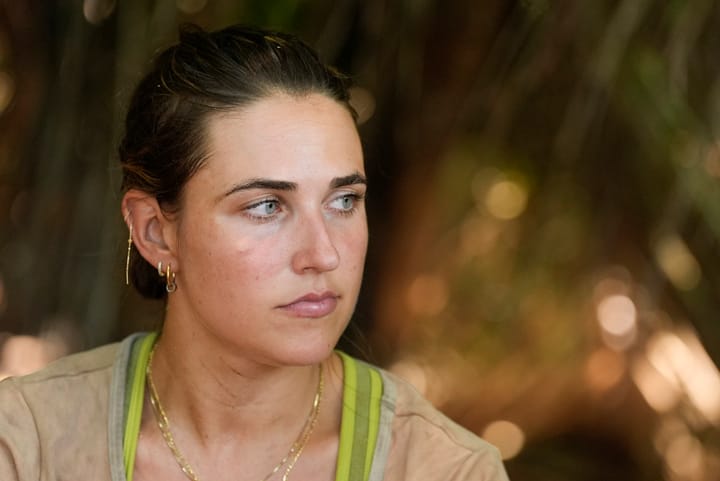
Comments ()